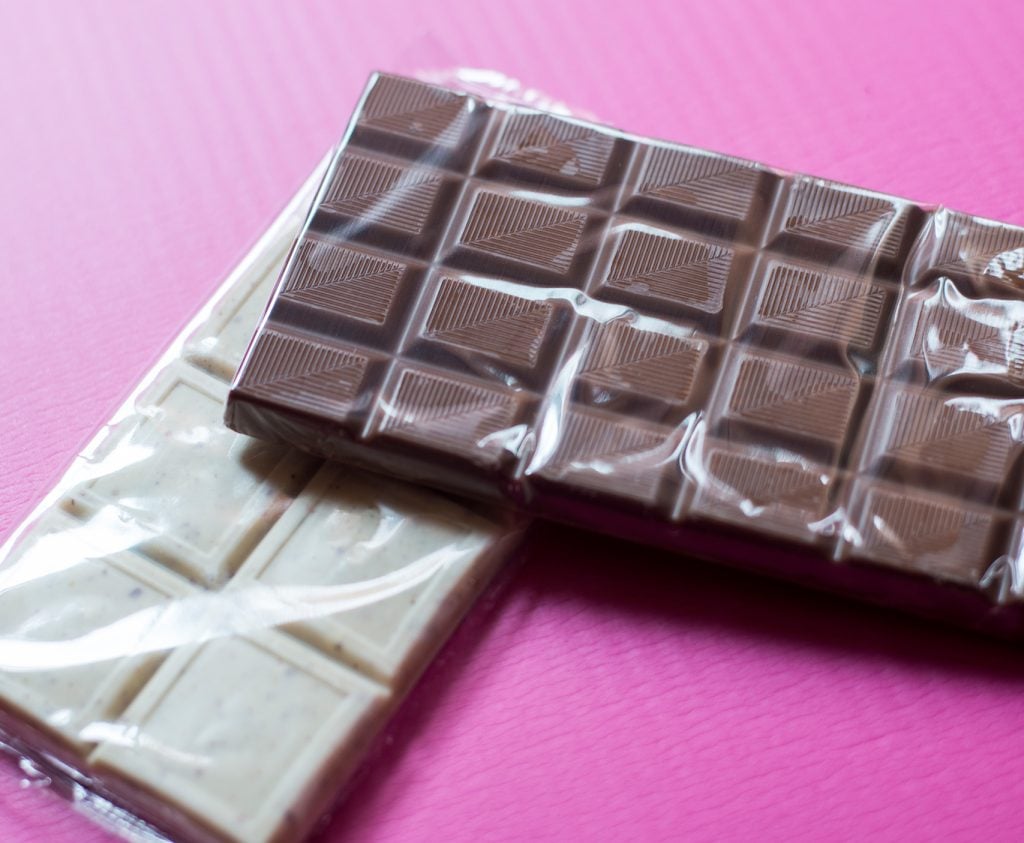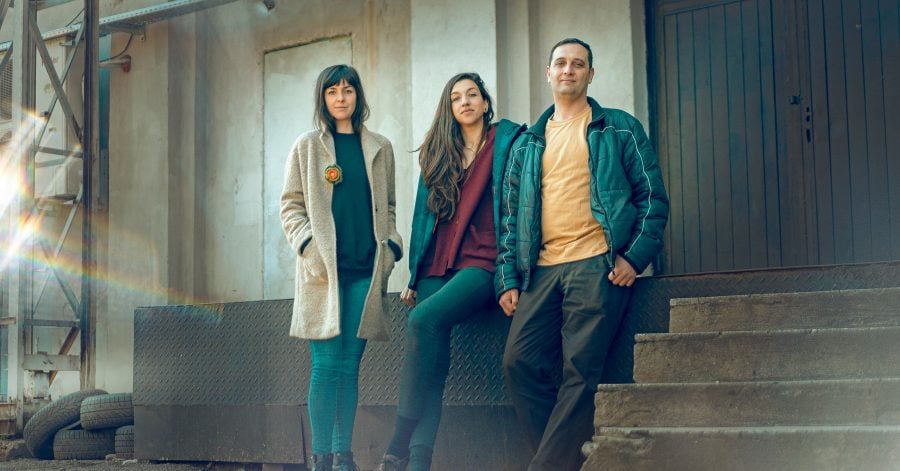The EU ban on single-use plastics was enforced across member countries on July 3rd. EU’s key goal with this new legislation is to minimize plastic pollution and especially marine litter, which is threatening our ecosystems. At least 5 out of 10 on the banned items lists are packaging products. That being said, we expect to see packaging producers, distributors and FMCG players speed up and adopt green packaging innovations.
In the sustainable packaging series, The Recursive sets to increase visibility around alternatives to single-use plastics in the SEE region. With each article, we tell one more story of a startup working on sustainable packaging innovations. Join us in discovering their specific approaches to replacing single-use plastics, their growth plans, but also the challenges they faced along the way.
Today, we explore the story of LAM’ON, the Bulgarian startup on a mission to make the printing and packaging industries more eco-friendly. Co-founder Angela Ivanova and Gergana Stancheva were later on joined by R&D Specialist Garbis Topchiyan.
At first, the company set out to develop a compostable laminating film to replace the problematic plastic-based one currently used in the printing industry. Lamination is present across most industries – food, apparel, pharmaceuticals, yet most laminated flexible packaging is not recycled. To respond to the need for eco-friendly packaging innovations across multiple industries, LAM’ON extended its solutions with a biodegradable and compostable packaging foil, made of corn.
If you want to catch up with the series, read the stories of Cupffee, the biodegradable cup you can eat, and Revive, a distribution company bringing plant-based alternatives to food packaging in the SEE.
The Recursive: How did you come up with the idea of a green startup that disrupts the packaging & printing markets?
Gergana Stancheva, co-founder of LAM’ON: Our mission is to offer sustainable and affordable alternatives to the current petroleum-based laminating films and packaging foils. Over 1.1 M tons of laminated paper goes into landfills and incinerators each year, while 1.2 M tons of packaging foil ends up in landfills, soil and oceans. This is the problem we are trying to solve. The whole thing started with our desire to use more eco-friendly paper and cardboard coating in our own work as both Angela and I worked in print. Since we couldn’t find a good option on the market, our research developed into a business quite organically.
Tell us more about your products. What are the innovations behind?
We developed two innovative products – a 100% biodegradable laminating film, LAM’ON, and, when it comes to packaging innovations, a foil made from corn, PACK’ON. Both have the full performance capabilities of plastic film but are based on PLA and are therefore compostable. No recycling is needed. They are perfectly compatible with current printing and packing industrial machines they do not require any changes to process or equipment for immediate large-scale market entry.
Our recipe allows us to produce a high-quality, affordable, and durable clear film on standard polymer extruders. The innovation rests on the strong scientific background of Philip Ublekov. He devoted over ten years to researching bio-polymers and their possible use in day to day life. His main objective was to develop a production method that would make biodegradable plastic less brittle and thereby more suitable to substitute petroleum-based plastic.
During prototyping, we established there are no VOC emissions in the production and its life cycle. We have one less production step, thus saving energy and manpower and achieving a low price compared to other solutions. With a granulating machine, we will reuse the waste material from production, which complies with the EU’s “Circular Economy Action Plan”.

What markets will you be serving, now and in the future?
Our laminating film LAM’ON is directed to print and publishing houses, as well as paper and cardboard oriented packaging companies. PACK’ON will be distributed to packaging companies and brands with in-house packaging. We plan to supply the European market and, in the future, license our products to the US and Asian market.
How does your business model work?
LAM’ON works B2B. We purchase our raw materials, produce and package our products in Bulgaria and then sell directly to customers or via distributors. Both LAM’ON and PACK’ON come in rolls of film for industrial use.
How did you fund your business? What other support are you getting from the ecosystem?
The prototyping phase was funded by a grant from The Climate-KIC Accelerator program and an award from the global competition Chivas Venture. At the beginning of 2020, our company attracted two business angels whose support allowed us to reach a market-ready stage.
What are your plans going forward?
Our first goal is to officially launch both LAM’ON and PACK’ON on the European market. We are currently waiting for the official biodegradability certification to come through. After that, we enter a fundraising stage and prepare to scale fast in order to satisfy the market pull for packaging innovations created by the single-use plastic ban.
What key lessons did you learn along the journey?
The lessons were way too many to count, but the main one is to not get discouraged when things are moving slower than you would like them to. And to just keep going. And then go some more.
What advice would you give entrepreneurs looking to innovate in an emerging space?
I’m not big on giving out advice, however, what I believe is the most important thing in developing a business is the team. So surround yourself with people who inspire you and who you trust unconditionally.








